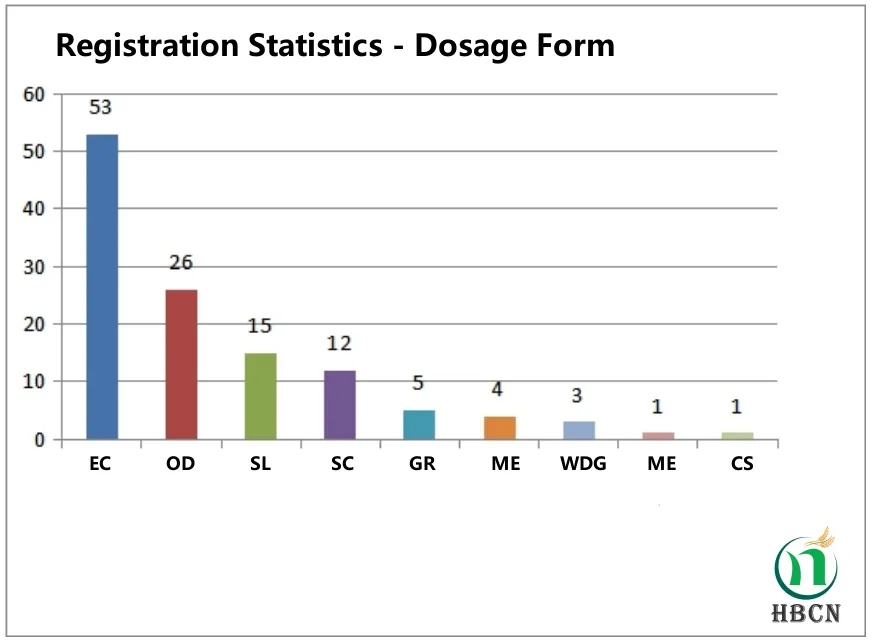
Nov . 05, 2024 15:33 Back to list
imidacloprid acetamiprid and clothianidin
Understanding Neonicotinoids Imidacloprid, Acetamiprid, and Clothianidin
Neonicotinoids are a class of insecticides modeled after nicotine, known for their potency and selectivity in targeting pests. Among these compounds, three of the most widely used are imidacloprid, acetamiprid, and clothianidin. These chemicals have been integral to modern agriculture, offering solutions for pest management, but their use has also sparked significant debate regarding their impacts on non-target organisms, particularly pollinators like bees.
Imidacloprid is one of the first and most extensively studied neonicotinoids. Introduced in the early 1990s, it has gained popularity due to its effectiveness against a wide range of pests, including aphids, whiteflies, and termites. Imidacloprid acts on the nervous system of insects by binding to nicotinic acetylcholine receptors, leading to overstimulation and eventual paralysis. Its systemic properties allow it to be absorbed by plants, making it effective against pests that feed on roots, stems, and leaves.
Understanding Neonicotinoids Imidacloprid, Acetamiprid, and Clothianidin
Acetamiprid, another member of the neonicotinoid family, was developed to address some of the limitations of its predecessors, including imidacloprid. Acetamiprid shares a similar mode of action, but it is often considered to have a lower toxicity profile for mammals and birds, making it seemingly less harmful in broader ecological contexts. Its use has been advocated in integrated pest management (IPM) systems, particularly for controlling pest resistance and reducing reliance on more harmful chemicals.
imidacloprid acetamiprid and clothianidin

Despite its relative safety, acetamiprid is not without concerns. Like imidacloprid, it can have detrimental effects on pollinators. Studies have shown that acute exposure can lead to mortality, while chronic exposure may cause subtle, yet impactful, changes in bee physiology and behavior. Furthermore, as neonicotinoids are often applied in combination to enhance efficacy, the cumulative effects of these chemicals on non-target species remain a significant area of research.
Clothianidin is another prominent neonicotinoid that has gained traction for its effective pest control properties. Approved for use in the early 2000s, clothianidin is particularly effective against soil-dwelling pests. Its systemic action allows it to protect crops from pests throughout their growth cycle. However, similar to its counterparts, clothianidin poses risks to non-target organisms, particularly bees, through contamination of the environment.
The persistent nature of neonicotinoids in ecosystems complicates their management. These chemicals can remain in the soil and water for extended periods, leading to long-term exposure for beneficial insects. The implications for pollinator health, biodiversity, and overall ecosystem integrity are profound. As registration reviews continue globally, it is crucial that policymakers balance agricultural needs with environmental protection.
In conclusion, imidacloprid, acetamiprid, and clothianidin are critical tools in modern agriculture that have enabled farmers to manage pest populations effectively and sustainably. However, the growing body of evidence regarding their adverse effects on pollinators and other non-target species necessitates a reevaluation of their use. Understanding the impact of these neonicotinoids on the environment is essential for developing more sustainable agricultural practices. As research evolves, the industry must strive for innovative solutions that protect both crop yields and the health of our ecosystems.
-
Buy Penoxsulam Herbicide - Selective Weed Control Solution for Lawns & Crops
NewsJul.08,2025
-
Malathion and White Oil Effective Insecticide for Citrus & Ornamentals
NewsJul.08,2025
-
Best Section Fungicide Solutions Effective Carbendazim & Copper Fungicides for Citrus Trees
NewsJul.08,2025
-
Types of Herbicides Explained Discover 5 Types of Selective Herbicides for Effective Weed Control
NewsJul.07,2025
-
Buy Bifen Chemical – Safe Termiticide for Dogs & Effective Pest Control Solutions
NewsJul.07,2025
-
Dragon Insecticide – Powerful Pest Control Solution Dragon Super Insecticide & Fumigant Insecticide
NewsJul.06,2025
